Go back to our first article on the recent China-India skirmish on the Ladakh-Tibet Line of Control & see what we wrote in Section 5 titled Just the beginning to the Final Conclusion?
- “Just look at the map below and you will see how Ladakh & Napak-occupied Kashmir (green) impact the long-term war between China and India. China is serving notice TODAY to India that NaPakistan-occupied Kashmir is a vital area of China & that India cannot interfere in that. So we would not be surprised to see that China intervenes militarily in the next India-NaPak battle. “
- “What is just as likely is for China to “convince” NaPakistan to cede all of Napak-occupied Kashmir (in green above) to China just as China convinced Napak to cede the Shaksgam tract to China. NaPakistan is a failed state and China could actually buy NaPak-occupied Kashmir from them. India would have to go to war with both China & NaPakistan to prevent that.”
- “… this is a highly consequential end-game. If India keeps Ladakh & wins Napak-occupied Kashmir (in green above), then China’s hold on Xinjiang becomes weak & suspect. If China seizes Ladakh & takes NaPak-occupied Kashmir, it would be like chopping off India’s head.”
We have no doubt that China’s long term plan is to take control of the NPak-occupied Kashmir (in green above to the northwest of India’s Kashmir) and then squeeze Indian Kashmir & Ladakh from both west & east. Then both halves of Kashmir & Ladakh will join Tibet horizontally to make a large horizonal landbridge owned by China, what we call Kash-Bet.
But India is now focused on the Chinese threat from the east i.e. Chinese-occupied Tibet. And we think India will turn Kashmir into a military fortress with army & a powerful air force backed by supersonic missiles to defend Kashmir & Ladakh.
Don’t you think China has known that & has planned for it? China has had a long term plan for “Af” to join Kash-Bet and they began implementing that plan ten years ago, in January 2011.
To understand this, look again at the map above & this time focus on the small white area above the green NPak-occupied Kashmir. It is the narrow & historic Wakhan Corridor that borders Tajikistan, NPak-occupied Kashmir & Chinese Xinjiang. It also represents the only direct border between China & Afghanistan. Below is a birds-eye view:
1. January 2011 – China enters Afghanistan via Tajikistan.
Now open up to a larger map:
What did China do in January 2011? As we wrote on January 15, 2011,
- “This week, China and Tajikistan announced that they have settled their old border dispute. Under this settlement, Tajikistan ceded 386 sq miles or 1,000 sq km of land to China in the remote Pamir mountain range. China said that the move thoroughly solved their century-old border dispute. … Where is the Pamir range? It runs along the Tajikistan’s border with Afghanistan and China.”
So getting Tajikistan to cede land next to the Wakhan Corridor gave China direct access to Afghanistan, though small and narrow.
We then asked the obvious question & answered it in our article:
- So if you are China with unlimited amounts of money, with an increasingly aggressive military and with far-reaching long-term interests in Afghanistan, would you be satisfied with the tiny Wakhan corridor as your only link to Afghanistan? We wouldn’t. This is why we believe the land ceded by Tajikistan to China is just above the Wakhan corridor and that would enable China to build a wider, more robust military infrastructure connecting Afghanistan with China.
The above was in our article dated January 25, 2011 titled Tajikistan Cedes Land to China – A Step Towards Af-Kash-Bet? It became a top 5 article on our Blog in 2011.
Now fast forward about year & half to June 9, 2012. That week, we learned that,
- “China is planning to build a tunnel under the Wakhan corridor to establish all-weather access to Afghanistan. This would be a major engineering feat, not unlike the Trans-Himalayan railway built by China in Tibet. Plans for this tunnel were discussed by General V.K. Singh, the recently retired Chief of the Indian Army, in a conversation with The Telegraph, a prominent Indian newspaper in Kolkata.”
We also pointed out in that article that,
- “China’s current access to Pakistan is through the Pakistani-occupied Kashmir via the city of Gilgit. By building an all-weather tunnel to Afghanistan, China gets direct access to Afghanistan completely bypassing Pakistani occupied territories. By securing a shorter, more direct, secure and all-weather road access to Afghanistan, China can increase its presence in Afghanistan and get land access through Afghanistan to Iran and beyond. This will make Pakistan even more dependent on China rather than China being dependent on access via Pakistani-occupied Kashmir.”
This becomes clearer with a broader map:
The Chinese leadership may be bold & ambitious but they are not foolhardy. They don’t jump into nor do they drop their military forces into an environment they don’t understand. They know Afghanistan has been a near disaster for foreign occupiers. So what did they do after researching their options in Afghanistan?
In 2018, the Chinese built a military base, ostensibly for training Afghan troops, in the Wakhan Corridor next to Afghanistan’s Badakhshan province.
The Chinese were lucky besides being smart. Their base & their entry into Afghanistan was through Badakhshan province, the only province that was never under the control of the Taleban even when the Taleban ran Afghanistan. Look how far away Badakshan (in red below) is from the fighting in the center of Afghanistan and the border areas with NaPakistan.
So the Chinese were able to enter Afghanistan & begin a dialog with both the Afghan Government and the Taleban from a non-threatening position. And remember they have NaPakistan, the creator, nurturer & the semi-controller of the Taleban, totally in their corner.
2. July 2020 – Iran-China deal
China & Iran are in discussions about a $400 billion economic & strategic agreement that includes a a major port development project on the Strait of Hormuz. The Nikkei Asian Review claims to have seen a copy of an unverified 18-page document with details of the proposed 25-year Iran-China agreement. They write:
- “According to the leaked document, China will invest $280 billion in Iran’s oil and gas industry and $120 billion in production and transportation infrastructure. China will also develop 5G infrastructure in Iran and invest in banking, telecommunications, ports, railways and dozens of other sectors.”
- “The terms of the agreement also give China access to supplies of crude oil and gas from Iran at discounted prices for the next 25 years.”
- “Although the document does not specifically mention the Belt and Road Initiative, the proposed agreement fits the framework of Xi’s ambitious project, envisioning that China will help Iran develop the coast near the mouth of Strait of Hormuz, through which much of the world’s oil exports pass.”
Now this is a huge & incredibly strategic deal that enables the China-Iran partnership to cross the entire territory of Afghanistan. Contrast the scope of this deal and ask yourselves whether the small Wakhan Corridor based access to Afghanistan would suffice for China? Looking at the Wakhan Corridor from the top might help you answer with a resounding No.
Clearly this narrow forbidding corridor simply will not suffice for China. So back to the January 2011 deal.
3. Back to Tajikistan & a New Deal in August 2020
Look at the two maps below & ask what would you do if you were China?
It is so obvious. We would split up Tajikistan into two by claiming that the right half of Tajikistan is really ancient Chinese territory. Then China would border Afghanistan’s Badakhshan province on the right & that border size would be so much more robust than the narrow Wakhan Corridor.
Guess what? That is exactly what certain Chinese writers demanded this week based on their claim that it is all ancient Chinese land. What land, you ask? The entire Pamir area (see below) above the Wakhan Corridor that lies between China’s Xinjiang & Afghanistan’s Badakhstan.
As Paul Goble wrote in the Eurasia Monitor on July 30,
- “This past month, official outlets of the People’s Republic of China (PRC) repeatedly republished an article by Chinese historian Cho Yao Lu, who says that the entire Pamir region belonged to China at one time and consequently, he implies, Tajikistan should now or in the future return it to Beijing. “
The big question is how Russia reacts to this Chinese grab. Tajikistan has been a part of the Russian sphere since World War II & actually for the past 200+ years. As Goble adds,
- “The offending article, albeit written on a historical theme, has aggravated Tajikistani and Russian concerns that recent Chinese moves involving security and economic development in Tajikistan have been anything but altruistic. Increasingly, Dushanbe and Moscow view the PRC’s construction of border posts and airports in the Pamir region as well as its involvement in the gold mining industry there to be elements of a larger Chinese plan to eventually annex this area. Such an outcome would put China in a position to fully dominate a rump Tajikistan and northern Afghanistan as well.”
Remember the deal China & Tajikistan signed in January 2011, the deal that China declared had solved the border dispute between China & Tajikistan. That was then, when that China was satisfied with 5% of Tajikistan. This is now when today’s China wants 45% of Tajikistan.
4. Afghanistan & China-NaPakistan
The idea of China being successful in Afghanistan would seem laughable to most given the experience of both Soviet Union & USA. But there is a very very big difference. Remember Soviet Union failed terribly because USA used the NaPakistan space to train & weaponize the Afghan fighters. Similarly the American Troops could not stabilize Afghanistan because again NaPakistan have sanctuary & military help to the Taleban. Also Iran was against both Soviet & American presence in Afghanistan.
Now look at China’s posture.
Remember Napakistan is totally in the Chinese corner. Now with the Iran-China deal and the China-Pakistan partnership, the Taleban would be squeezed from three sides, from the south by NaPakistan, from the west by Iran & from the East by Chinese presence in Badakhshan & Tajikistan. Where would the Taleban find sanctuaries & who would supply them? That doesn’t mean they would fade away but the odds of their success would be lower.
Actually, China & NaPakistan have already begun working together in Afghanistan as Paul Shinkman of U.S. News reported on August 6, 2020:
- “CHINA AND PAKISTAN HAVE begun an unprecedented intelligence-sharing arrangement in an attempt to secure Beijing’s influence in Afghanistan at the expense of the American government, U.S. News has learned.”
- “Working together, China and Pakistan have secured pledges from Taliban leaders not to provide safe haven or support to their fellow Muslim Uighurs from neighboring western China who have become a central concern of Beijing’s. The arrangement far exceeds any accommodation the Afghan insurgent network has ever afforded the U.S. with regard to Washington’s concerns about al-Qaida presence in Afghanistan.“
- “In a seemingly unprecedented move, China has granted the Pakistani Defense Ministry access to one of the most secretive gatherings within its military infrastructure as a show of good faith. Little is known about the Joint Staff Department within China’s elite Central Military Commission, including who attends, but access has historically been limited only to senior Chinese leaders. However, as a part of Beijing’s realization it needs Pakistan’s experience in neighboring Afghanistan as well as Islamabad’s connections to the insurgent groups operating there who will determine the war-torn country’s fate, it has invited a Pakistani general to sit in on its highly restricted meetings as an observer.”
5. Back to Af-Kash-Bet
Look at this map again:
Today India can concentrate on Chinese forces entering Ladakh from Tibet because there is a limited risk of NaPak forces attacking from the Napak-occupied Kashmir (in green). But if China gets entrenched in Afghanistan & Chinese-Napaki militaries work together, then Indian Kashmir could be seriously squeezed in a pincer movement from 3 sides – east, north & west.
To be explicit, Indian Kashmir & Indian Ladakh are in the way of a large, integrated Chinese presence in Afghanistan, in Napak-occupied Kashmir & in Tibet. The integrated landmass of Af-Kash-Bet in Chinese control is a fundamental strategic objective of China to ensure its long term goal of linking up with Iran & building a land corridor to the Middle East.
Which was the last power to take control of this huge region by land? Not Britain which achieved this with Naval Power.
It was the Mongols who came west from Mongolia-China to rule this huge landmass on land. If they could do it on horseback, why can’t today China win this land lass with their huge modern mechanized military? Exclude Russia, Ukraine & Siberia from the map below and what do you have? The Chinese vision, realistic vision, of what they could achieve in the next 10 years.
Notice that Afghanistan, Kashmir & Tibet (Af-Kash-Bet) was one integrated land mass under the Mongols and that India was also headless without Kashmir & Ladakh.
What about the sparsely populated Russian Siberia with its vast energy reserves? That is for 2030-2045 if China keeps getting economical & militarily stronger while Russia gets weaker. That brings up the natural question – who benefits the most from the US-Russia fight? China.
Send your feedback to [email protected] Or @MacroViewpoints on Twitter
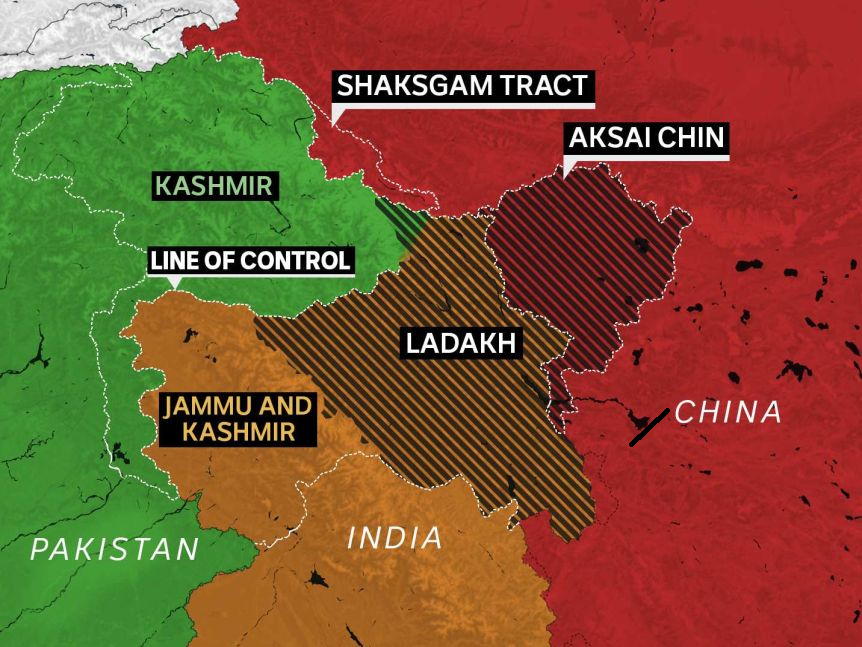
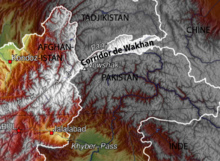
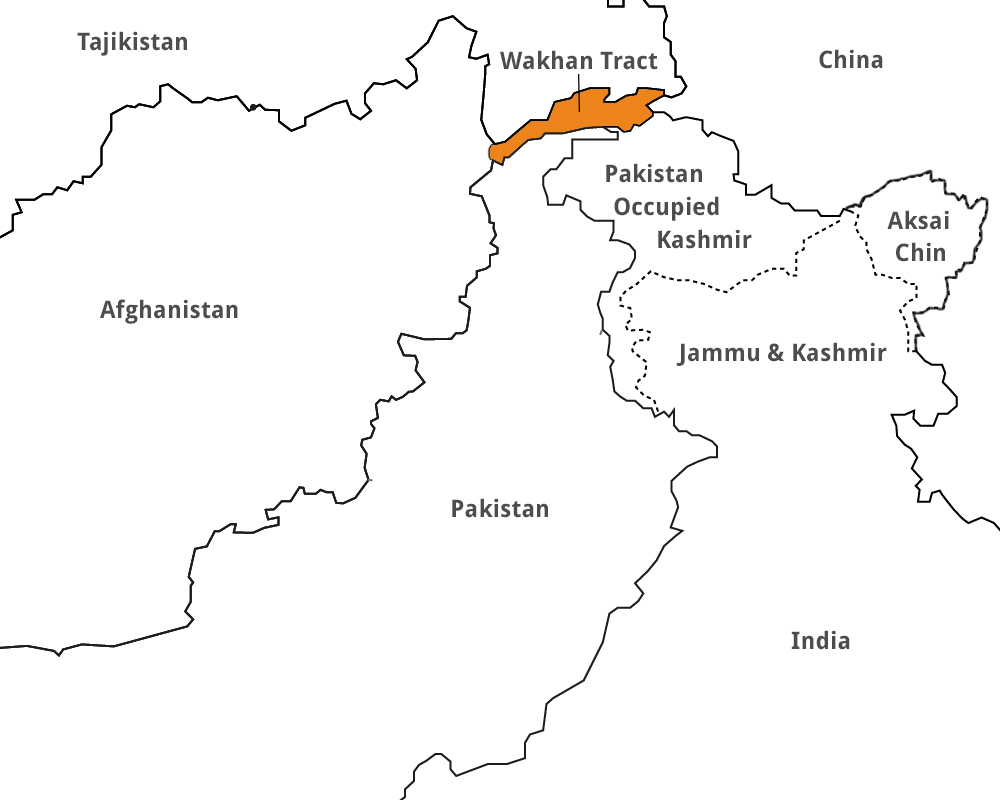
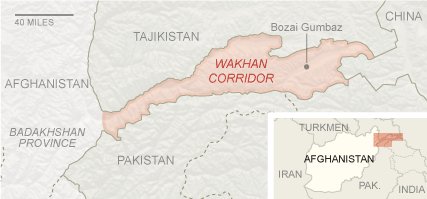



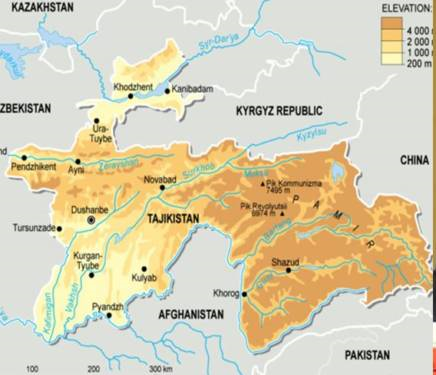
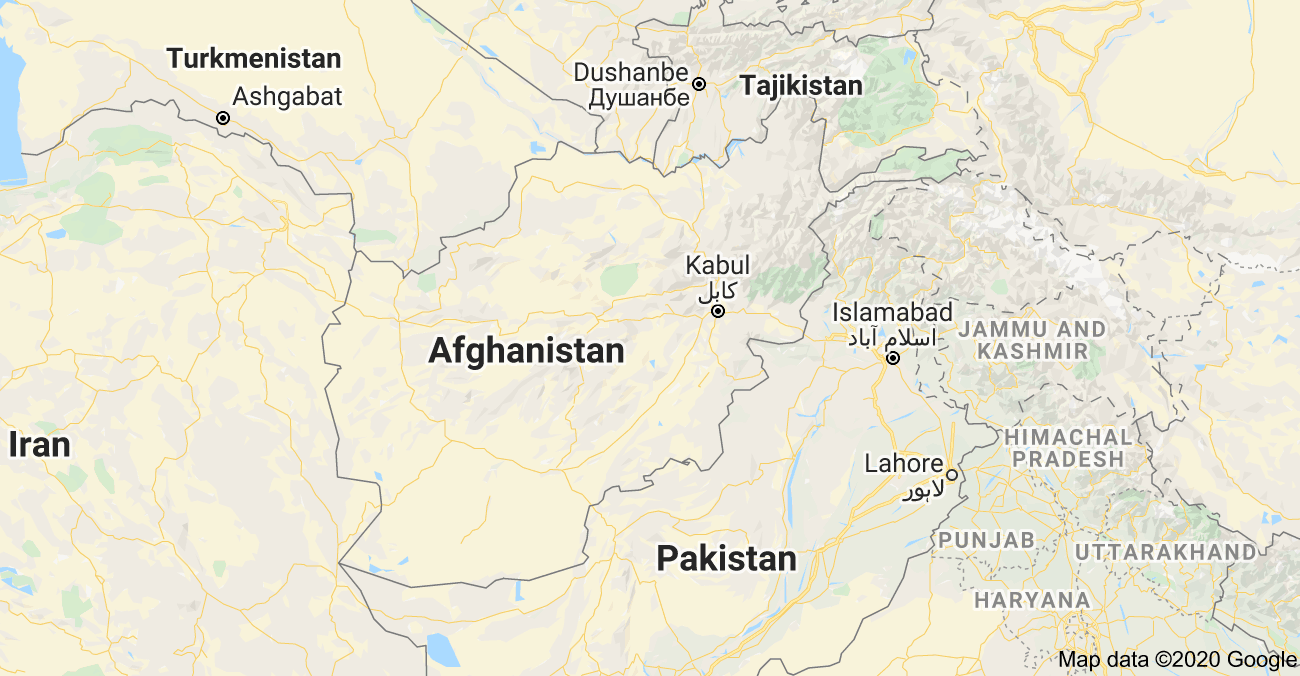

The Chinese aim is to access Arabian sea. so in case of blockade by US navy it can get supplies through land route via Pakistan bypassing US & Indian blockade. With it’s gaining influence in Iran, it is also trying to open a land route to Middle-east. Once it happens China would pose threat to US backed Sunni states in middle east.
This may be an opportunity for India to seize Gilgit- Baltistan, but not Azad Kashmir, and thereby end Chinese attempt to undermine middle-eastern states. India should not take Azad Kashmir, because it populous, compared to Gilgit-Baltistan. The real challenge is for Indian diplomacy to make US & middle-eastern countries aware of threat to them from China getting land & sea access. and convince them of India taking over this area is central to their interest, including preventing ISIS Al-Qaeda from establishing in Afghanistan, because with this area under Indian control Afghanistan can be supplied via India and India would not let Afghanistan fall under extremists sympathetic to these fanatics. this is necessary for India to seize this part without war.
Wakhan strip was given to Afghanistan by British to ensure a buffer state between British India and expanding Tsarist Russia. Nehru with his monkey like behavior gave up all strategic advantages first by not taking whole Jammu & Kashmir state and then recognizing Communist China without securing Tibet Independence. Tibet as a buffer state was essential for India’s safety. There was no need for Nehru to recognize communist government, when nobody outside communist blocks had recognize it.